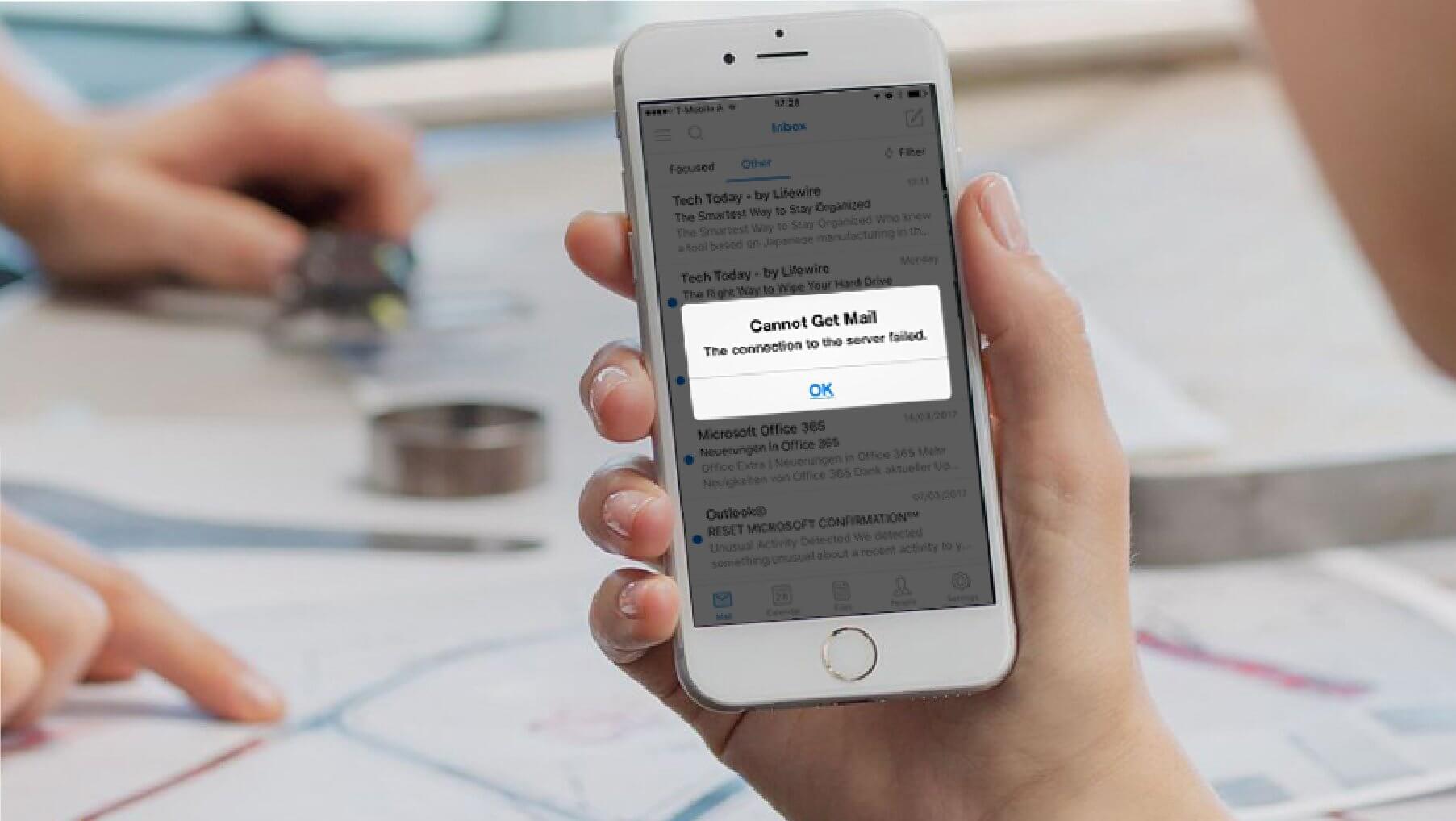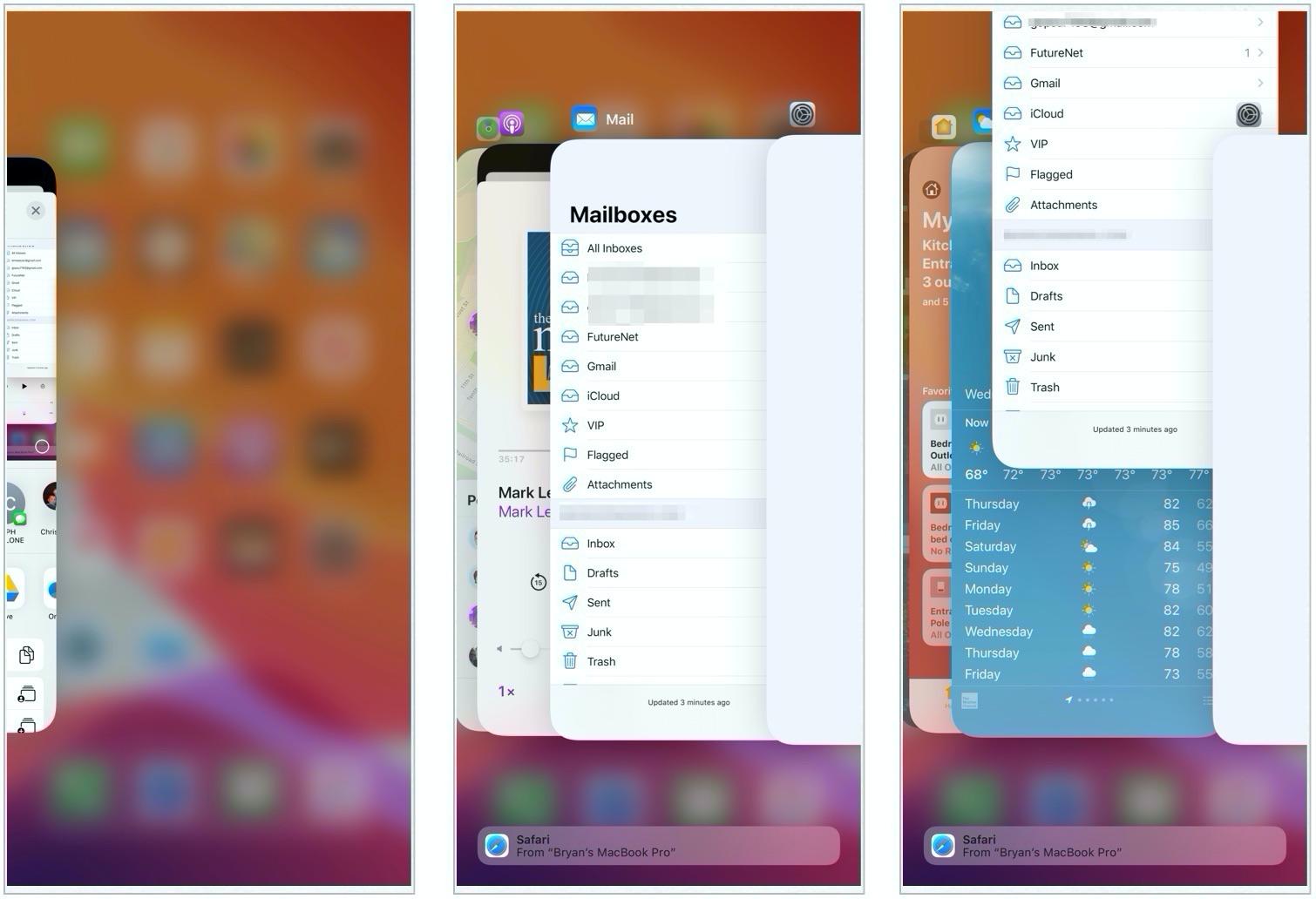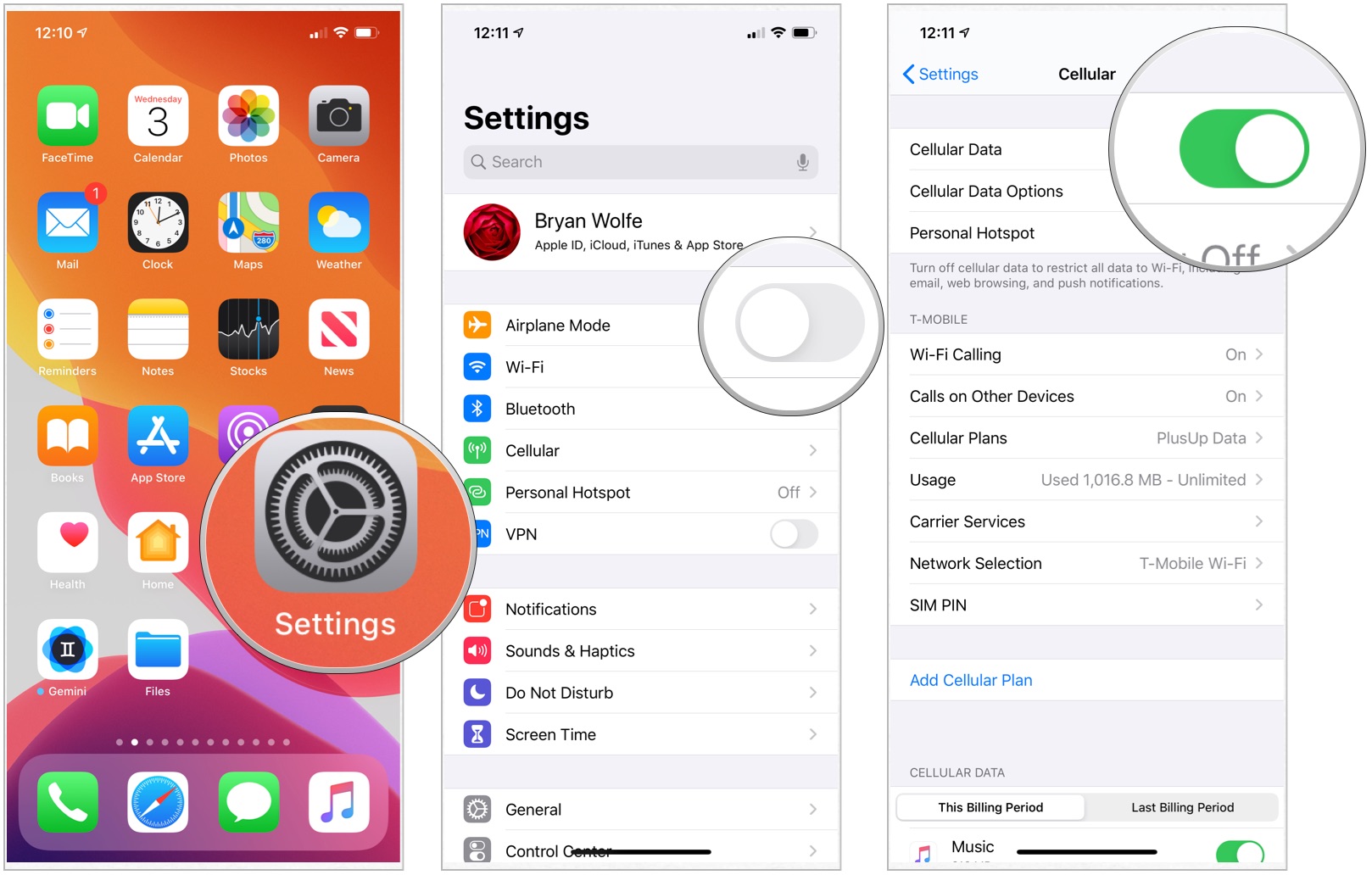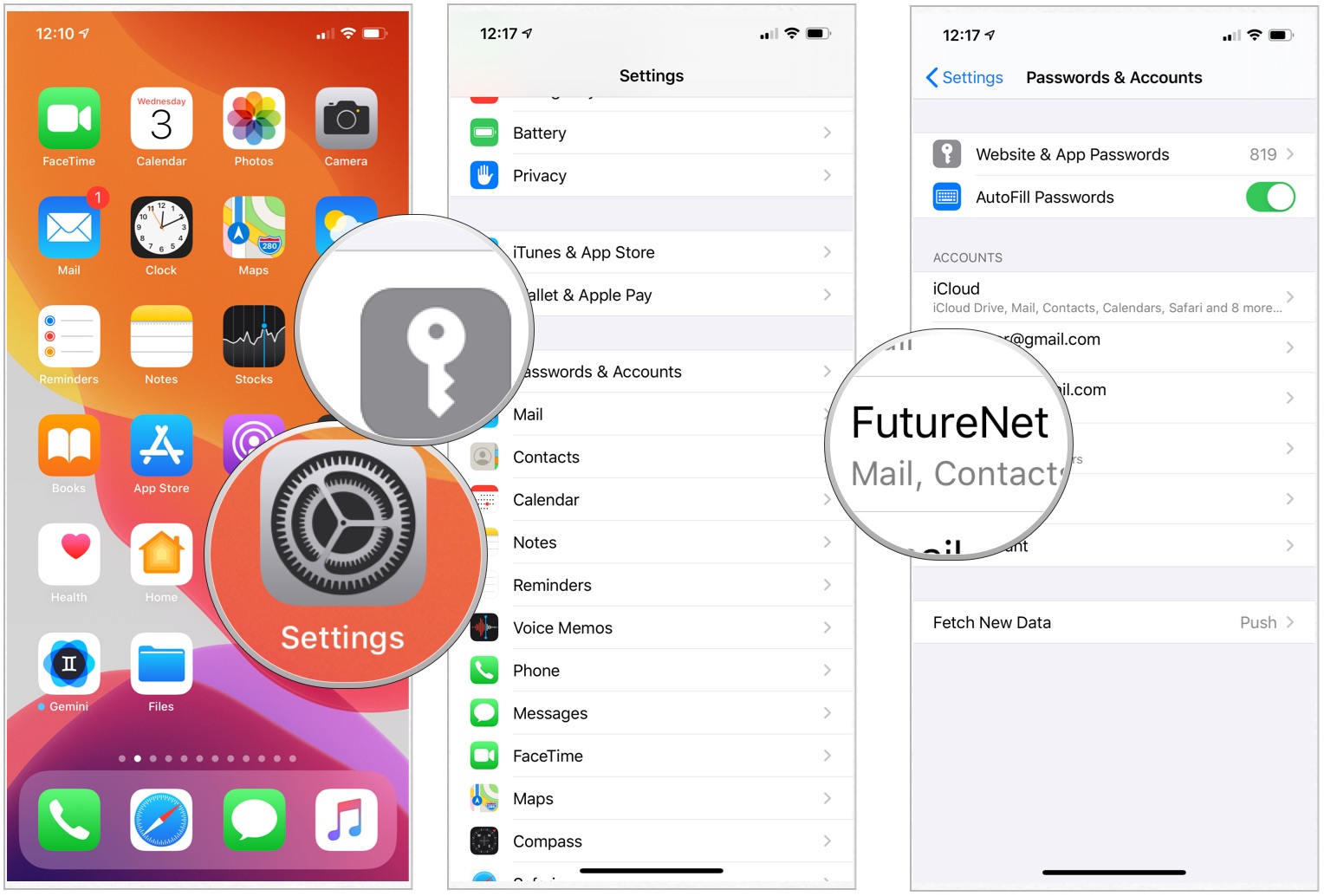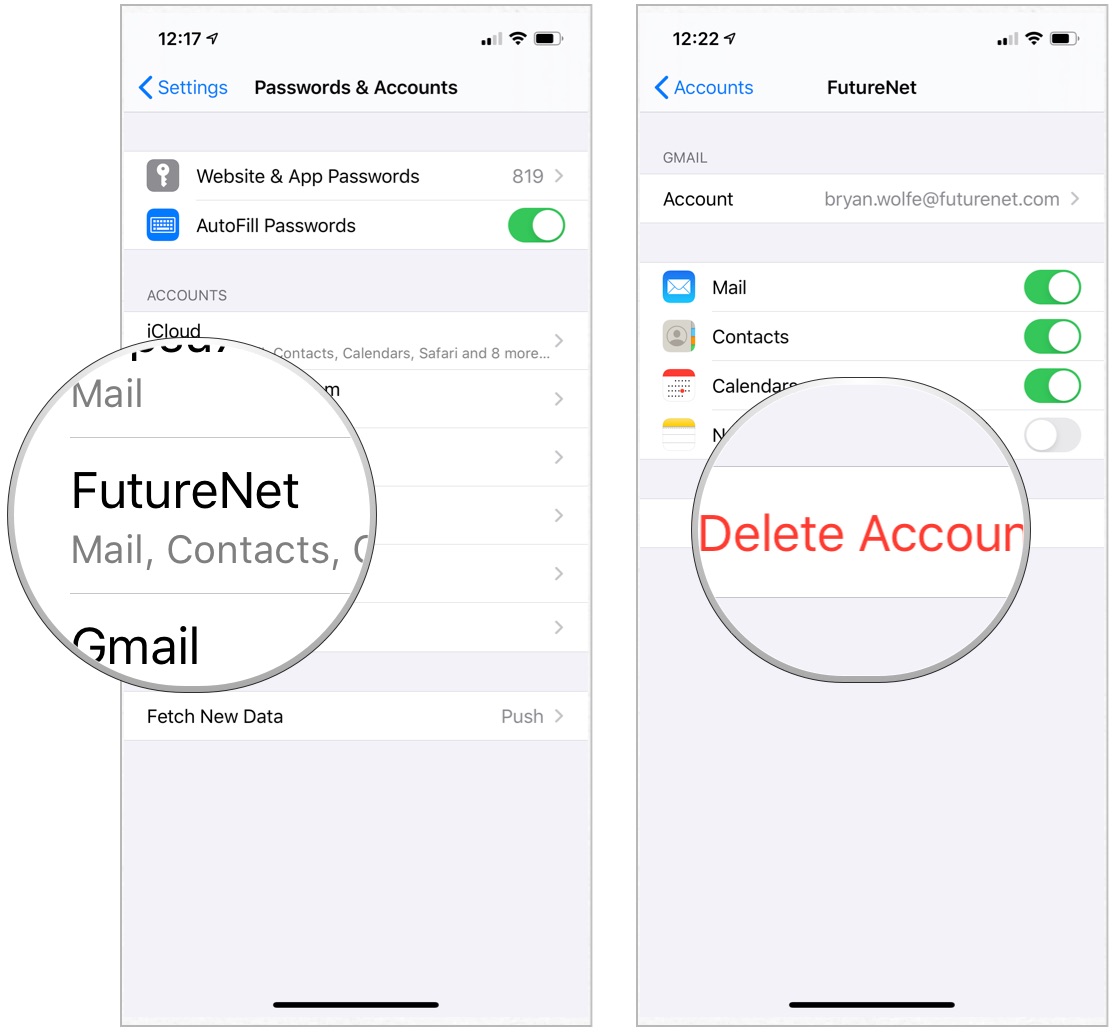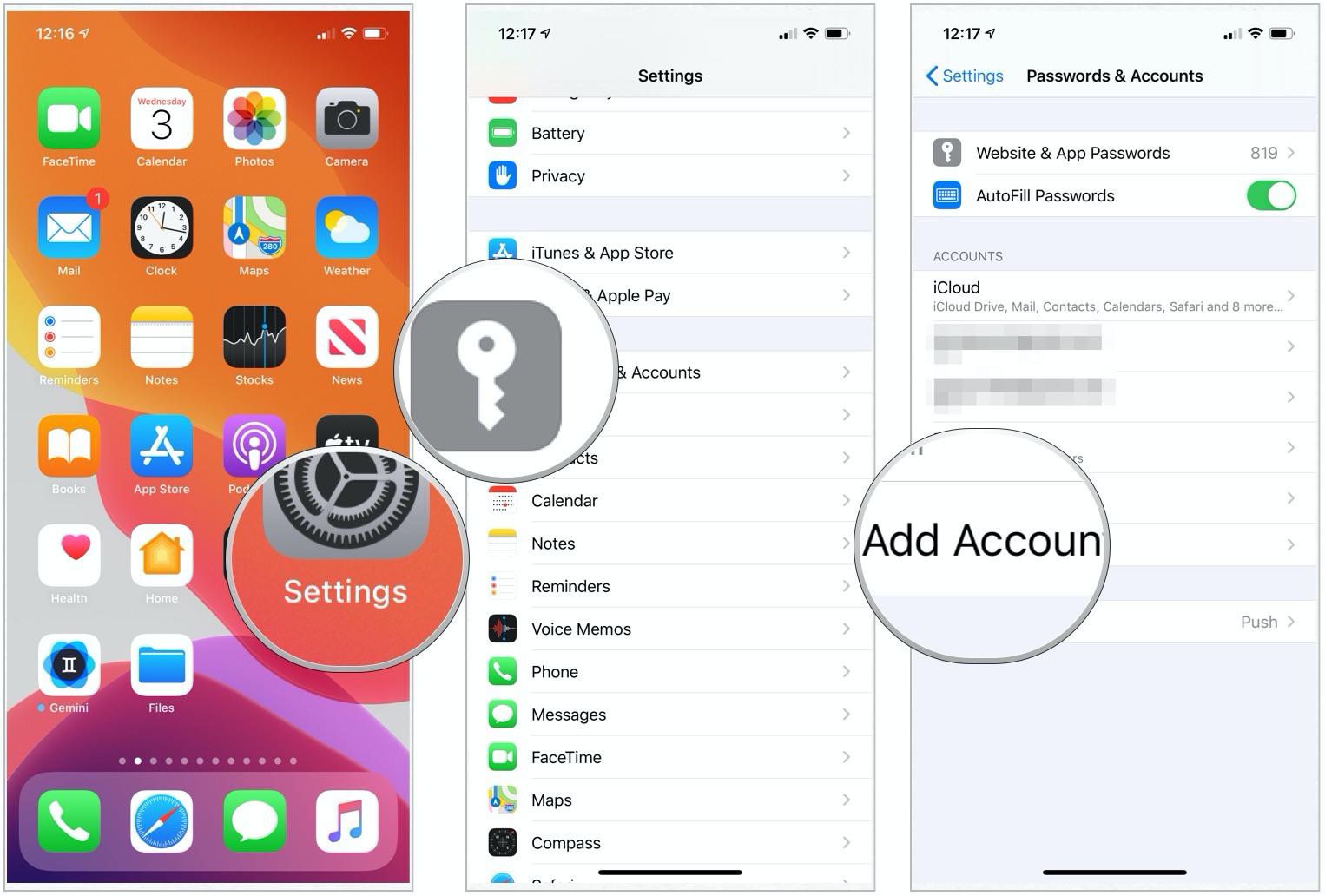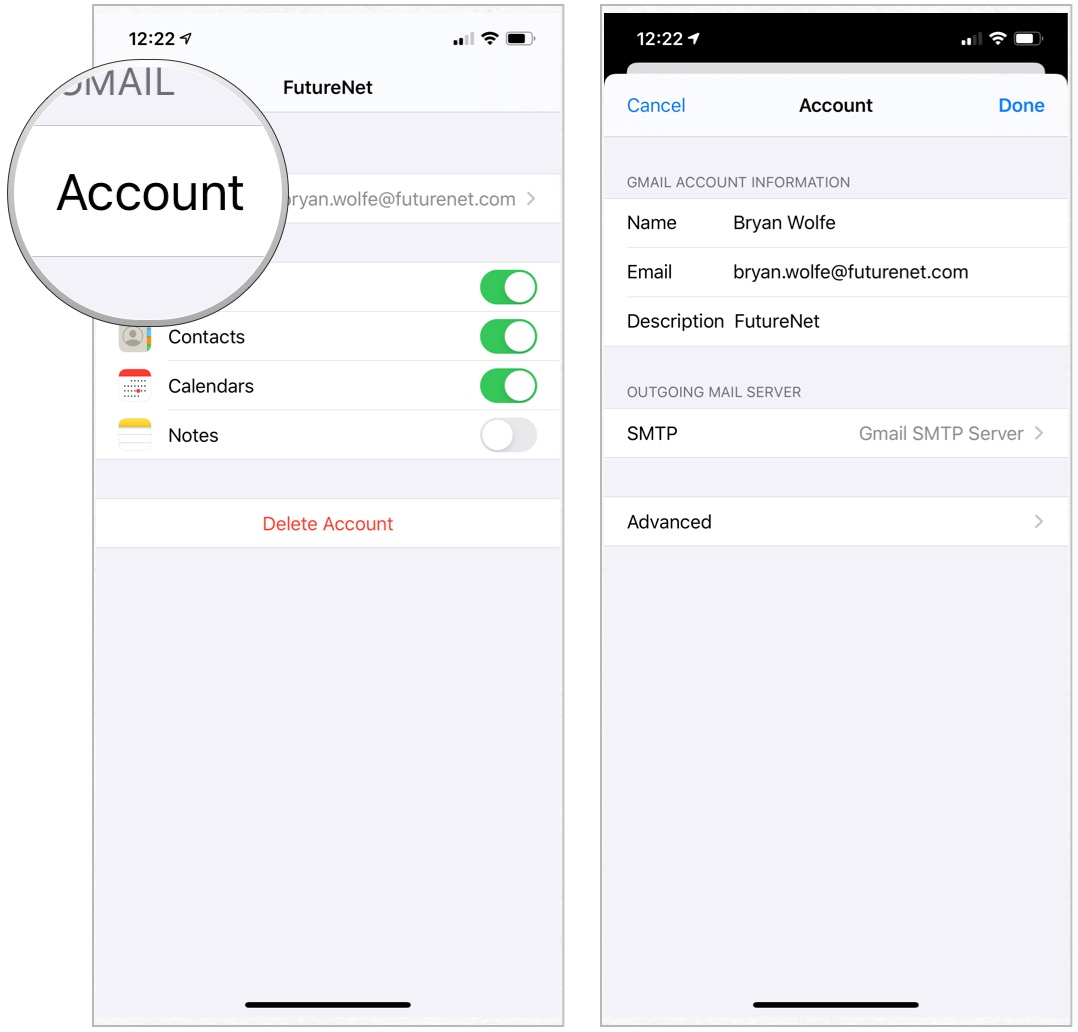Try these fixes for getting your email working again!
The iPhone and iPad's built-in Mail app is a great way to get all your email for all your accounts in one place. But just like any other app, it isn't wholly error-proof either. One of the most common errors that you may run into is the dreaded "Connection to the server failed" message. Other standard error messages include "server not responding" messages and "password incorrect" errors. If you're plagued with any of these messages, here are some steps that can help you troubleshoot and resolve the problem in no time!
Step 1: Install the latest version of iOS or iPadOS
- Launch the Settings app on your iPhone or iPad.
- Tap General.
-
Choose Software Update and follow the directions on the screen.
Step 2: Force quit Mail and restart your device
Either or both of these steps are always worth a try, even if you can never be sure exactly what form of voodoo was employed to solve the problem.
To force quit Mail:
- On iPhones and iPads with Face ID, open the app switcher by swiping up from the bottom of the screen and pausing until the app switcher appears. Otherwise, double-click the home button.
-
Touch and hold the Mail app, then swipe up on the Mail app so that it leaves the screen.
To restart your iPhone or iPad:
- On iPhone X or later, press and hold either volume button and the side button until the power off slider appears. On the iPhone SE (2020), 8, 7, or 6, press and hold the side button until the power off slider appears. On other iPhones, press and hold the top button until the power off slider appears. To restart an iPad that has Face ID, press and hold either volume button and the top button until the power off slider appears. To restart an iPad that has a Home button, press and hold the top button until the power off slider appears.
- Swipe to power off.
-
Restart by holding down the on/off button until the Apple logo appears.
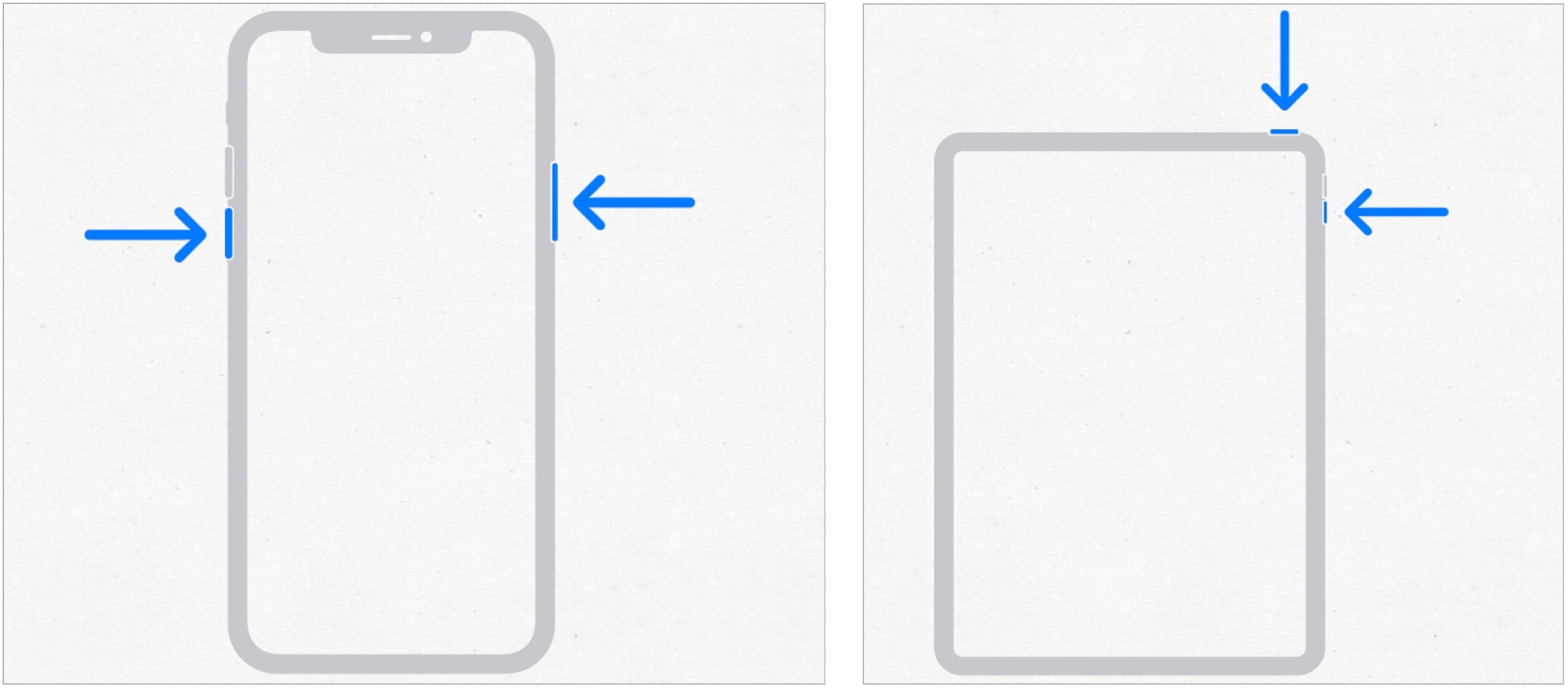
Step 3: Be sure you have an active internet connection
Rare is the person who turns off the cellular connection on an iPhone, but it does happen. Perhaps you turned on Airplane Mode and forgot to turn it off, or you're creeping toward your monthly data limit and turned off cellular data to make sure you did not blow through the cap.
After you're sure cellular is turned on, you might be the victim of weak signal strength. In the status bar, you may see fewer bars or dots than usual, indicating a less-than-full-strength connection. Or, instead of LTE, you might see 4G or (worse) 3G in your iPhone's status bar.
In some cases, a prolonged cellular connection can cause a mail server to time out, resulting in a dreaded error message. If you can, try turning off mobile data and sending your messages via wi-fi to see if the cellular connection is the issue. Just don't forget to turn cellular data back on once you're back in a location where the signal strength isn't so temperamental.
Step 4: Delete and re-add the problem account
If you're having problems with one of the common email accounts that iOS can configure itself (e.g., iCloud, Google, Yahoo), your best solution may be to delete the account and re-add it. The email provider may have made some changes behind the scenes that aren't reflected in your account. Deleting the account and re-adding it will make the account settings current.
- Choose Settings.
- Tap Passwords & Accounts.
-
Select the account that has a connection problem.
- Select the email account that is having trouble connecting.
-
Tap Delete Account twice.
To add an email account:
- Choose Settings.
- Tap Passwords & Accounts.
-
Select Add Account and follow the directions and provide the username and password for your email account.
Step 5: Manually configure your account
Every once in a while, your iOS device may lose track of an email account password, perhaps after restoring data and settings from a backup. In most cases, you should be prompted to reenter the password for the mail account. Except for some optional password fields for mail servers that send mail, recent updates to iOS have removed the ability to enter email passwords and other settings for standard email accounts (that is, those in the list of standard accounts, such as iCloud, Google, Yahoo, etc.)
But if you set up an email account using some "Other" service with a custom domain, take a look at the account settings and make sure no password fields are blank. If they are, plug in your password. You'll also need to do this any time you change the password for the account.
- Choose Settings.
- Tap Passwords & Accounts.
-
Select the account that has a connection problem.
- Tap the email address for the account.
-
Enter any missing password, if applicable.
Depending on who your email provider is, you'll need to check their website and FAQ for information on configuring POP and IMAP accounts on your iPhone or iPad manually. You can typically perform a Google search containing your email provider's name (such as Comcast) and then the words mail setup iPhone iPad to get the results you need. Make a note of the names of incoming and outgoing mail servers as well as port numbers, authentication protocols, and whether or not the mail server uses Secure Socket Layers (SSL) in case you need to enter this information.
Step 6: Contact your email provider
If you still can't get your email working correctly on your iPhone or iPad, it's time to contact your email provider or system administrator. If a hosting company provides the account you're using, contact it directly. If you have an account that was given to you for work, you most likely have a system administrator or IT help desk you can contact.
Buy used, save big
jemjem makes it safe and easy to save money buying gently used technology for home and family.

